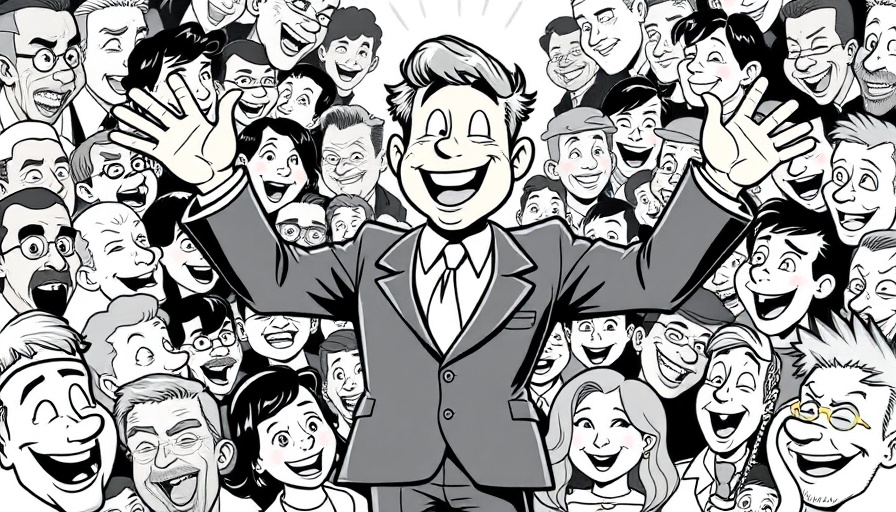
Remembering Robert Prichard: A Champion of Creative Space
March 11 marks the birthday of Robert Prichard, a prominent figure in the downtown arts scene and co-founder of the eclectic venue known as Surf Reality. An artistic hub for many, Surf Reality was more than just a place to see performances; it was a sanctuary of creativity during a pivotal time in the late '90s and early 2000s.
From Fringe Films to Vibrant Venue
Before establishing Surf Reality, Prichard made his mark in the film industry, appearing in quirky horror comedies like The Toxic Avenger and Class of Nuke 'Em High. His journey began in an unassuming loft that once served as a "crack deli" in the Lower East Side, an area that was, at the time, far from the polished enclave it is today. The locale fostered a raw and pioneering arts community, attracting a diverse range of performers, artists, and art enthusiasts.
The Different Faces of Surf Reality
Surf Reality was not your average performance venue; its design inspired an experimental atmosphere. Officially dubbed "Surf Reality’s House of Urban Savages," the venue was painted entirely blue, reminiscent of a psychedelic TV studio. This space evolved to host famed comedians, art performances, and film screenings, becoming a vibrant heartbeat of the neighborhood's artistic pulse.
Impact and Legacy of Surf Reality
The significance of Surf Reality stretched far beyond entertainment. Many renowned names, like Jim Gaffigan, graced its stage early in their careers. For visitors and performers alike, it was a platform for creative expression and community, giving voice to the unconventional arts that shaped a generation. As the arts scene in New York continues to evolve, locations like Surf Reality remind us of the boldness and innovation that once thrived in the city’s gritty landscape.
As we reflect on Robert Prichard's contributions, it becomes clear that his vision fostered a cultural movement that resonates well into today’s rapidly changing artistic landscape. Remembering spaces like Surf Reality serves to inspire current and future artists to embrace creativity, originality, and the sense of community that once made New York's downtown scene so vibrant.
Join me in celebrating the legacy of Robert Prichard and the creative risk-takers who continue to shape our cultural narrative.
 Add Row
Add Row  Add Element
Add Element 



Write A Comment